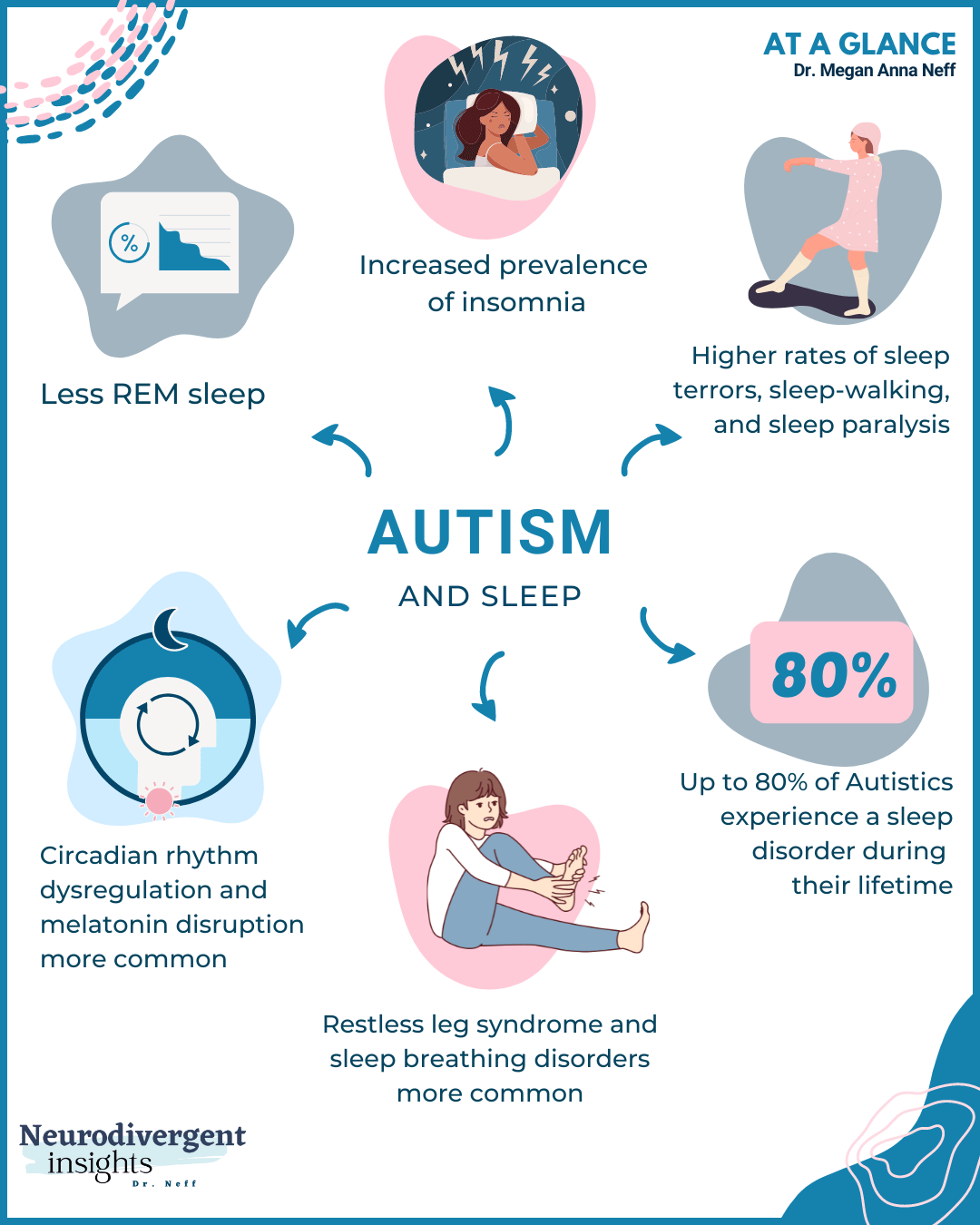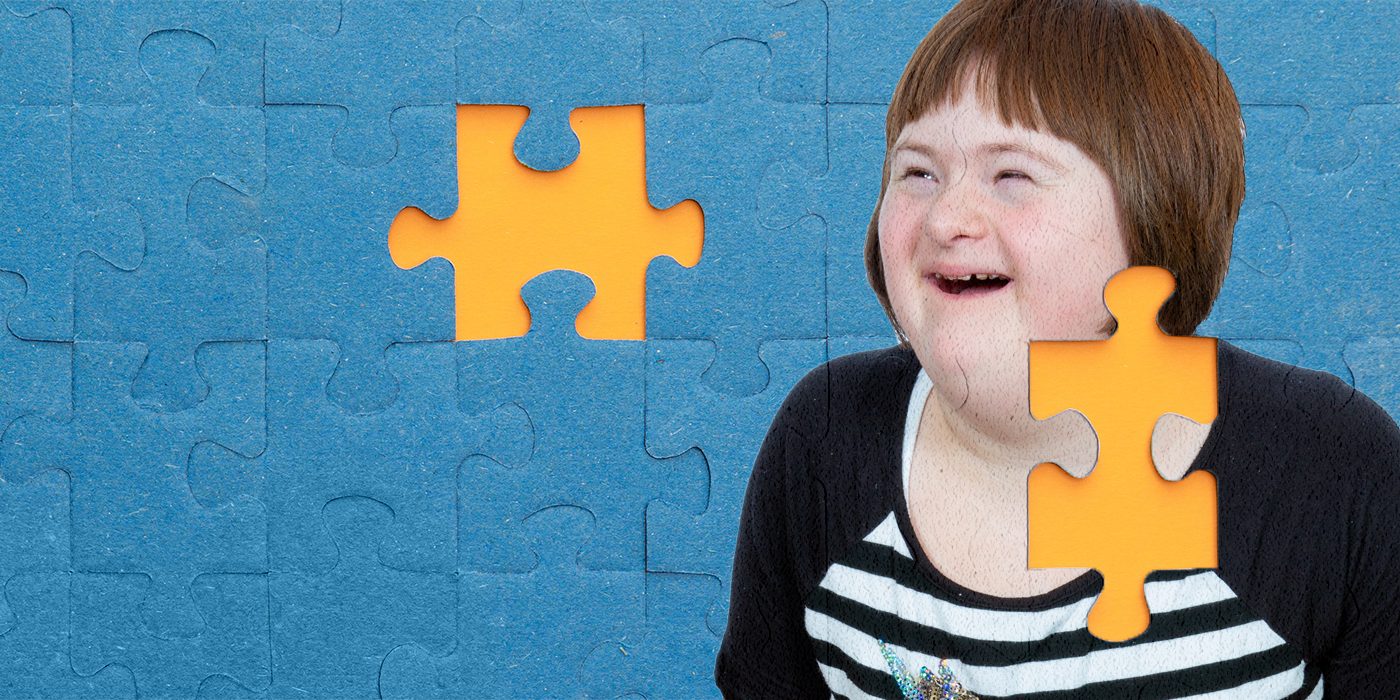Innovative Treatments and Therapies: Advancements in Autism Research
Innovative Treatments and Therapies: Advancements in Autism Research
Blog Article
Checking Out Autism: Strategies for Effective Interaction and Interaction
Efficient communication and interaction with people on the autism range require a detailed understanding of their special needs and preferences. The details of these approaches reveal further factors to consider that warrant exploration, particularly in just how they can be adapted to private experiences and diverse contexts.
Recognizing Autism Range Problem
Autism Range Condition (ASD) incorporates an array of neurodevelopmental conditions identified by difficulties in social interaction, communication, and repeated behaviors. The term "spectrum" reflects the diverse manifestations and varying levels of severity experienced by people with ASD. While some may display considerable disabilities, others may show high-functioning characteristics, permitting better freedom in life.
The onset of ASD generally occurs in very early youth, with indicators typically recognizable by age 2. Very early signs may include postponed speech advancement, limited eye call, and difficulties in understanding social signs. The precise etiology of ASD continues to be unclear, study recommends a combination of environmental and genetic aspects plays a vital duty in its growth.
As an outcome, treatments and support tailored to private needs are crucial for cultivating interaction and social skills. Recognizing the complexity of ASD is essential for advertising understanding, approval, and effective approaches that assist in purposeful interactions with people on the range.

Importance of Clear Communication
Reliable communication is important for fostering understanding and link, specifically for people with Autism Spectrum Condition (ASD) Clear communication not just promotes social interactions yet also boosts the person's capability to reveal their feelings, needs, and ideas. For people with ASD, the nuances of language can commonly be testing; consequently, utilizing distinct and uncomplicated language is essential.
Furthermore, clear communication helps in reducing stress and anxiety that might develop from misunderstandings. When messages are conveyed in a straight and constant way, individuals with ASD are better geared up to analyze details properly, which can substantially enhance their social involvement and engagement in numerous setups.
Developing routines and utilizing visual supports can even more boost clear communication. These methods offer people with predictable frameworks that assist comprehension and retention of information. In addition, actively being and paying attention individual throughout communications advertises an encouraging atmosphere where individuals with ASD really feel valued and understood.
Ultimately, focusing on clear communication not only encourages people with ASD however additionally promotes even more purposeful links with their peers, caretakers, and the larger community, leading the way for comprehensive interactions and collective relationships. - autism
Non-Verbal Communication Methods
Interaction expands beyond words, and for people with Autism Range Disorder (ASD), non-verbal cues play a substantial function in communications. Non-verbal interaction methods can include face expressions, motions, body language, and eye call, all of which function as essential parts for conveying objectives and feelings.
Recognizing and analyzing these non-verbal signals can boost communications with people with ASD. A cozy smile or open posture can create an inviting atmosphere, urging involvement. Utilizing visual help-- such as photo cards or icons-- can bridge interaction spaces and help convey messages more effectively.
It is also essential to be conscious of personal room, as individuals with ASD might have various comfort degrees regarding closeness. Observing their reactions to physical distance can notify proper adjustments.

Creating Supportive Settings
Developing a supportive environment is critical for promoting favorable interactions and improving the health of people with Autism Spectrum Disorder (ASD) Such settings can dramatically minimize stress and anxiety and develop a feeling of safety and security, enabling individuals to express themselves extra freely.
To attain this, it is essential to take into consideration sensory level of sensitivities that individuals with ASD might experience. Changing the physical area to consist of soft illumination, minimal background noise, and comfy seating can develop a calming ambience. Additionally, Clicking Here making use of constant routines and clear visual routines can help individuals expect transitions and minimize uncertainty, further promoting comfort.
Social spaces ought to be structured to lessen frustrating stimuli while supplying possibilities for interaction in recommended tasks. Facilitating locations designated for silent time can also act as a refuge throughout moments of stress and anxiety. Significantly, including elements of selection equips people, allowing them to exercise company in their atmosphere.

Encouraging Social Interactions
Promoting social communications amongst individuals with Autism Range Problem (ASD) needs intentional approaches that focus on comfort and involvement. Developing predictable routines can help decrease anxiety, making social setups much more friendly. Creating organized settings with defined obligations and roles allows individuals to involve without the overwhelming pressure of unstructured social characteristics.
Incorporating interests and strengths into social tasks can offer as a driver for communication. Organizing team activities around shared pastimes or subjects of attraction can help with natural discussions and links. In addition, utilizing aesthetic supports, such as photographic routines or social scripts, can assist in recognizing social hints and expectations.
Modeling suitable social behaviors is vital - autism. Grownups and peers ought to show efficient communication strategies, including energetic listening and turn-taking. Role-playing circumstances can also supply a safe space for individuals to exercise these abilities
Finally, fostering peer relationships through inclusive methods is important. Encouraging inclusive playdates or group outings can create opportunities for socialization in a comfy setting. By implementing these instructors, methods and caregivers can considerably enhance social interactions for people with ASD, advertising their general social growth and well-being.
Final Thought
In final thought, effective communication and communication techniques are essential for supporting individuals with Autism Range Condition. Ultimately, these approaches equip individuals with autism to browse social landscapes, promoting their total health and enabling the growth of lasting connections.
Effective communication and interaction with individuals on the autism range necessitate a thorough understanding of their distinct needs and preferences. Clear interaction not only facilitates social interactions yet likewise boosts the person's capacity to reveal their thoughts, requirements, and feelings.Promoting social communications amongst individuals with Autism Spectrum Problem (ASD) needs willful strategies that prioritize comfort and interaction. By applying these techniques, caretakers and instructors can considerably improve social communications for individuals with see ASD, promoting try here their general social advancement and health.
In final thought, efficient communication and interaction strategies are necessary for sustaining individuals with Autism Spectrum Disorder.
Report this page